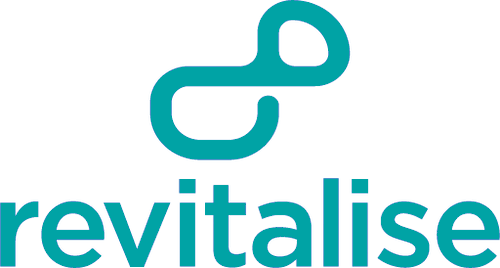GMC Registered Doctors
Expert Diagnosis & Care
Advanced Clearing Techniques
Cryotherapy, Precise Cutting & More
Safe & Effective Results
Minimally Affecting Procedures
CQC Regulated Clinic
Safe & Professional Environment
Professional Skin Tag Clearing: Evidence-Based Approaches
Our GMC registered doctors employ several safe and effective techniques:
Medical Clearing Techniques
- Precise Cutting Method: Precise clearing with medical instruments; quick results, suitable for larger tags.
- Cryotherapy: Controlled freezing; quick, no cutting, effective for smaller tags.
- Electrocautery: Controlled heat energy; precise clearing, minimises bleeding, suitable for various sizes.
- Ligation: Restricting blood flow causing natural detachment; suitable for tags with distinct stalks.
All procedures are performed by trained GMC registered doctors in our CQC-regulated clinic.
The Skin Tag Clearing Process: Information for Patients
Understanding what to expect helps patients feel prepared:
Your journey starts with a thorough consultation:
- Review of medical history.
- Examination of skin tags.
- Discussion of suitable clearing options.
- Explanation of procedure, benefits, and limitations.
- Personalised treatment planning.
- Clear information on costs and aftercare.
We prioritise your comfort and safety:
- Relaxed, private environment.
- Techniques to minimise discomfort (local anaesthetic often used for precise cutting).
- Sterile instruments and methods.
- Clear communication throughout the procedure.
Following clearing, you receive:
- Specific, easy-to-follow aftercare instructions.
- Information on the normal healing process.
- Contact details for any post-procedure queries.
- Advice on minimising future skin tag development (if applicable).
- Follow-up appointment arranged if necessary.
Our CQC-regulated clinic ensures high standards throughout.
Prevention, Management & Professional vs. Home Care
Guidance on reducing risk and comparing approaches:
Understanding Skin Tag Prevention and Management
While not all skin tags are preventable, certain measures might help:
- Weight Management: Maintaining a healthy weight reduces skin folds/friction.
- Clothing Choices: Loose clothing minimises rubbing in susceptible areas.
- Skin Care: Keeping skin folds clean and dry may reduce irritation.
- Health Management: Addressing underlying conditions like insulin resistance.
Professional vs. At-Home Approaches
Benefits of Professional Treatment:
- Accurate diagnosis (distinguishing from other growths).
- Selection of the most appropriate clearing technique.
- Sterile environment reducing microbial issue risk.
- Complete clearing minimising regrowth chances.
- Protection of surrounding healthy skin.
About Non-Professional Approaches (OTC/Home Remedies):
- Effectiveness varies greatly and is often unproven.
- Risk of incomplete clearing, microbial issues, scarring, or skin irritation.
- Inability to rule out other potentially more serious skin conditions.
Our GMC registered doctors can discuss the safest and most effective options for you.
Why Choose Revitalise London for Skin Tag Clearing?
Expert dermatological care in a safe, professional, CQC-regulated environment.
Medical Excellence and Patient-Focused Care
Choosing Revitalise London for skin tag clearing ensures you receive the highest standard of care from experienced medical professionals in a quality-assured setting.
Medical Excellence and Expertise
Our GMC registered doctors specialise in dermatological procedures, ensuring safe and effective skin tag clearing with optimal cosmetic results.
Quality-Assured Facilities (CQC Regulated)
Our clinic meets stringent CQC standards for safety and quality, featuring advanced equipment and purpose-designed treatment rooms.
Patient-Centred Philosophy
We prioritise unhurried consultations, clear communication, shared decision-making, and comprehensive aftercare support.
Convenience & Support
Located centrally on Harley Street, offering flexible appointments including same-day treatment options and dedicated patient support.

Frequently Asked Questions About Skin Tags and Their Clearing
Answers to common queries about skin tags.
Skin tags are typically small, soft, flesh-coloured growths hanging from the skin by a thin stalk, often found in skin folds. If unsure, professional assessment is best to rule out other conditions.
Usually, they are harmless benign growths. However, multiple skin tags can sometimes be associated with metabolic conditions like insulin resistance. Our doctors can advise if further investigation is needed.
Most skin tags persist once formed. They rarely disappear spontaneously unless they twist and lose their blood supply.
Proper clearing prevents regrowth at the same site, but new tags can still develop elsewhere, especially if you have contributing factors like friction or a predisposition.
Recovery is usually minimal. Most patients return to normal activities immediately. Specific aftercare depends on the clearing method and location, which our doctors will explain.
Generally, little preparation is needed. Avoid applying creams or lotions to the area on the day. Your doctor will provide specific instructions during the consultation based on the chosen technique.






